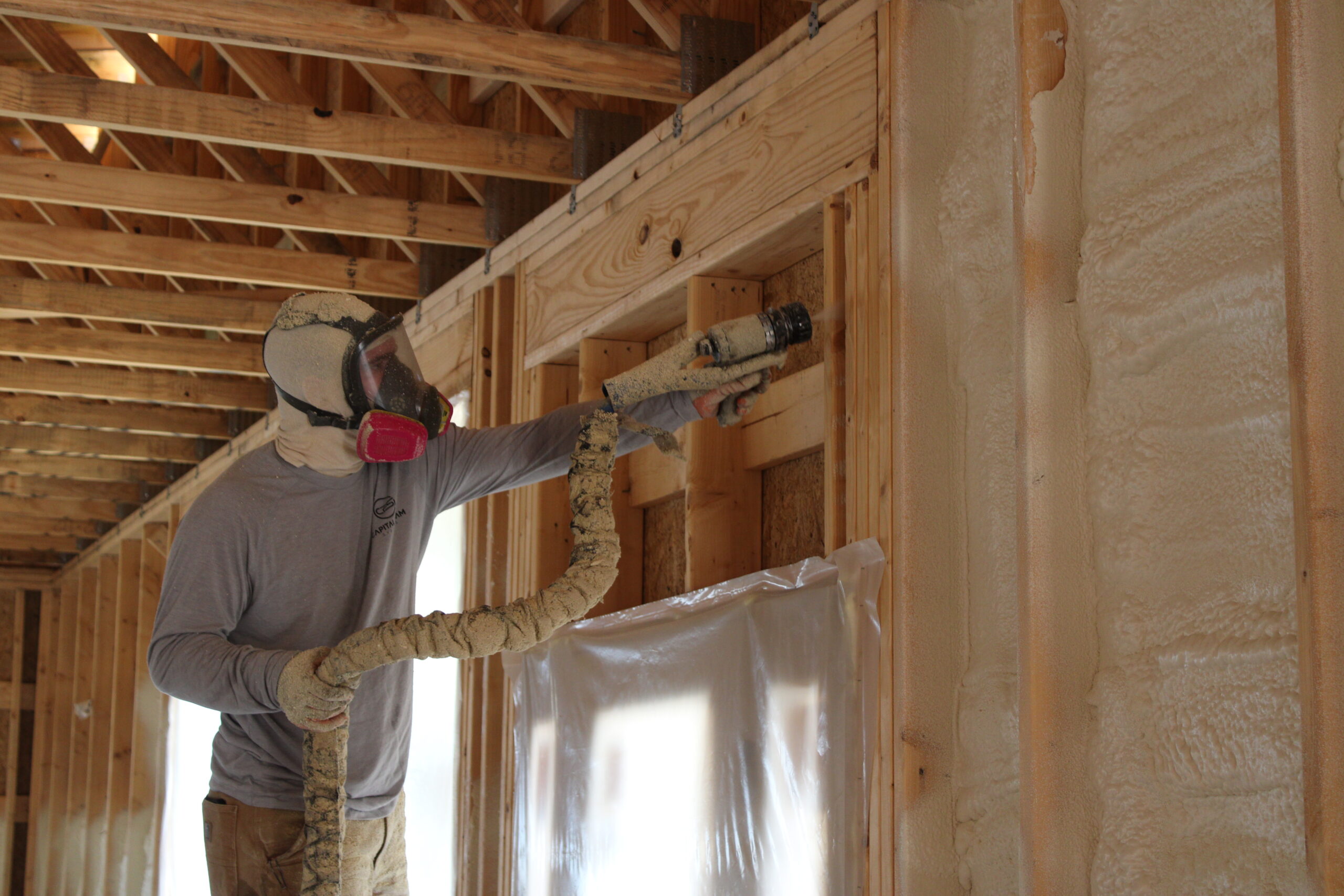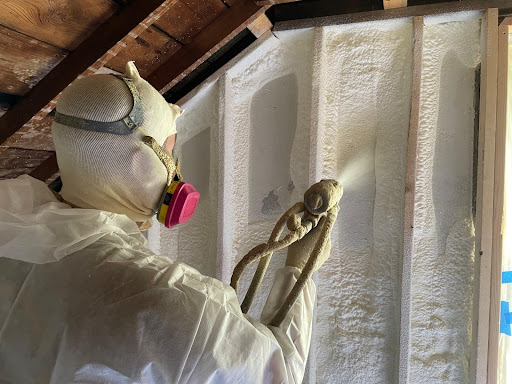Spray foam insulation has revolutionized the world of insulation, offering unparalleled thermal performance and energy efficiency for residential and commercial properties. To truly understand the benefits, it’s helpful to understand how spray foam insulation works.
In this blog, we’ll explore the fascinating science behind spray foam insulation, explaining why it has become the go-to choice for modern construction projects.
How Spray Foam Insulation Works: A Step-By-Step Guide
Spray foam insulation is composed of two main components: polyurethane foam and a blowing agent. When these components are combined and sprayed onto surfaces, they undergo a chemical reaction that results in the formation of a durable, effective insulating material.
1. Cellular Structure
At the heart of spray foam insulation lies its unique cellular structure, which consists of millions of tiny cells filled with expanding foam. These cells work together to create a seamless barrier that effectively seals gaps and cracks in walls, ceilings, and floors.
By filling every nook and cranny, spray foam insulation forms an airtight seal that prevents heat transfer and air leakage, resulting in superior energy efficiency and indoor comfort.
2. Expansion and Adhesion
When applied, spray foam insulation expands rapidly to fill the desired space, adhering to surfaces and creating a tight seal. This expansion process allows spray foam to conform to irregular shapes and contours, ensuring complete coverage and maximum insulation performance.
Additionally, spray foam has strong adhesive properties, which enable it to bond firmly to various substrates, including wood, metal, concrete, and masonry, providing long-lasting durability and stability.
3. Thermal Resistance
One of the key benefits of spray foam insulation is its exceptional thermal resistance, or R-value, which measures its ability to resist heat flow. By forming a continuous barrier with high R-value per inch, spray foam effectively reduces heat transfer through conduction and convection, keeping indoor spaces cool in the summer and warm in the winter.
This thermal barrier not only improves comfort but also helps reduce heating and cooling costs, leading to significant energy savings over time.
4. Moisture Management
In addition to thermal performance, spray foam insulation also offers excellent moisture management properties. Unlike traditional insulation materials like fiberglass or cellulose, spray foam creates a moisture-resistant barrier.
This barrier prevents water from infiltrating your walls and causing damage. By controlling moisture levels, spray foam helps prevent mold, mildew, and rot, promoting a healthier indoor environment and prolonging the lifespan of building materials.
How Spray Foam Insulation Works: Is it the Right Choice for You?
The science behind spray foam insulation is a testament to its effectiveness and versatility in improving energy efficiency, comfort, and durability. With its unique cellular structure, expansion and adhesion properties, superior thermal resistance, and moisture management capabilities, spray foam insulation is the ideal choice for homeowners and businesses looking to optimize their indoor environments.
The Capital Spray Foam Difference
At Capital Foam Systems, we’re proud to offer high-quality spray foam insulation solutions backed by science, helping customers achieve optimal energy efficiency and comfort in their homes and buildings.
Our team of qualified spray foam experts can handle all your spray foam insulation needs, providing professional advice and superior installation services. Contact us today to discuss your needs!







